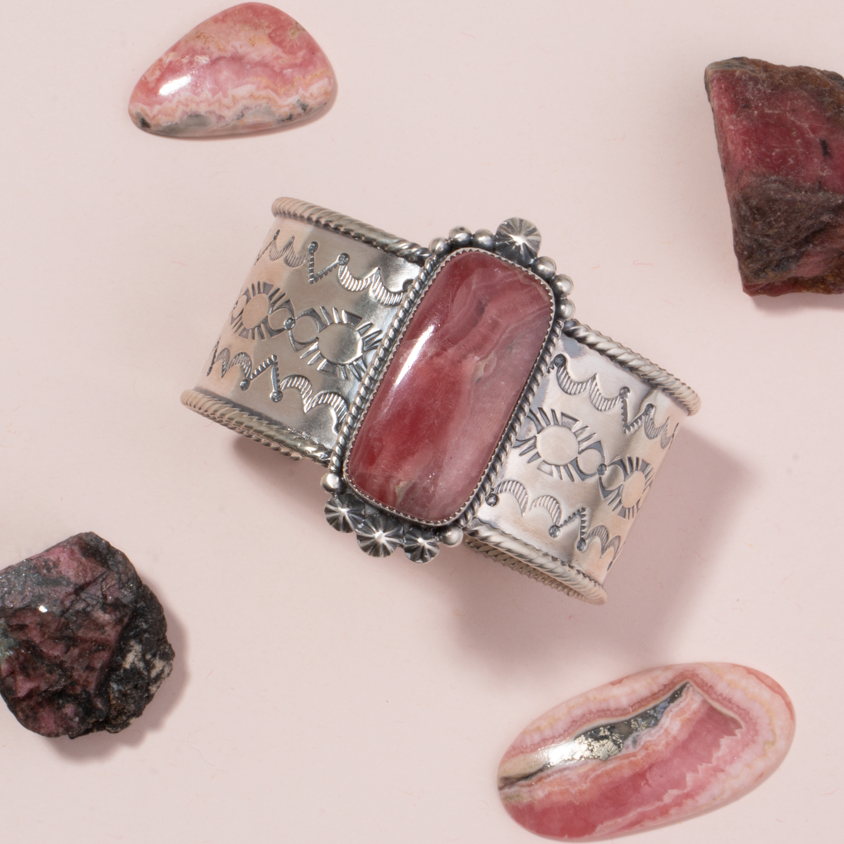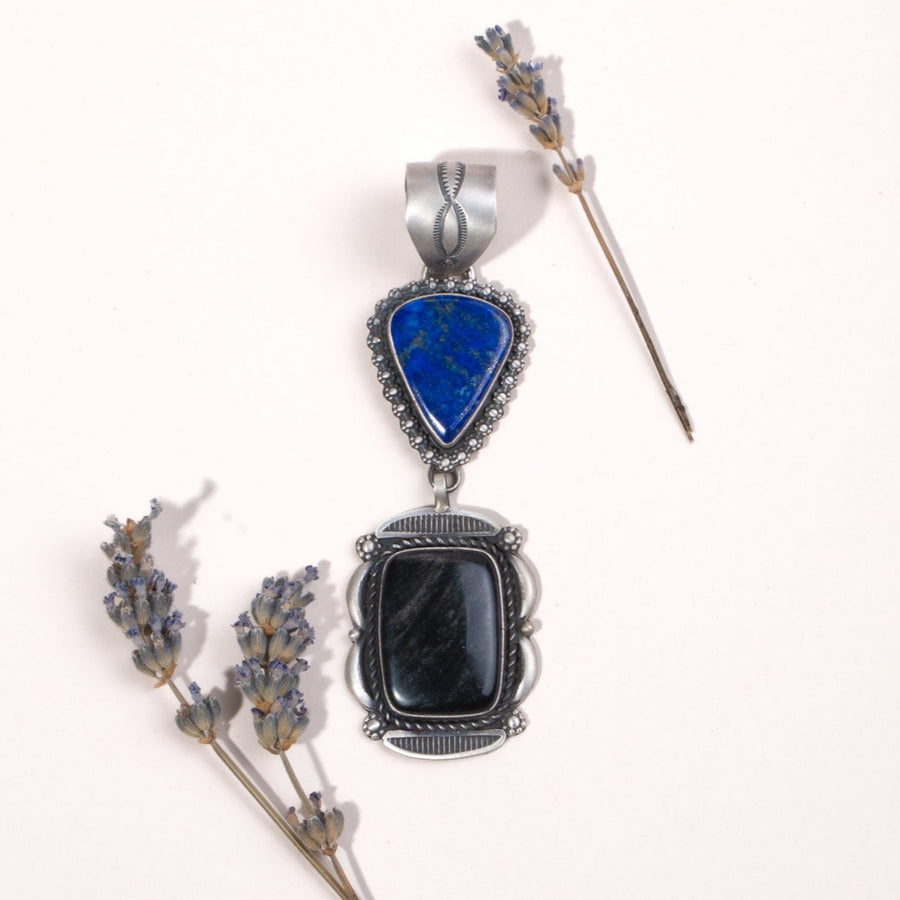Mining The West: Mogollon
The landscape of the American West is dotted with the remains of long ago, from Ancestral Pueblo dwellings to Spanish missions and US Cavalry forts. One of the most poignant reminders of the past, however, can be found in the ghosts of the mining camps that drew many to the West with the dream of riches. Named for former governor Don Juan Ignacio Flores Mogollon, Mogollon, New Mexico is one of those ghosts and its history reveals the way the lure of gold and silver changed the development of the Wild West.

In its heyday, Mogollon gained the reputation of being one of the wildest of mining camps, home to gamblers, claim jumpers and gunslingers. Despite this sordid label, it was also home to a prosperous mine, schools and regular businesses. In 1987, Mogollon became part of the National Register of Historic Places and its story is one that tells how important mining was to the development of New Mexico.
In the 1870s, an Army sergeant scouting for the Eighth Cavalry in the area around Mineral Creek Canyon stumbled onto a discovery that would be the catalyst for the settlement known as Mogollon. James Cooney uncovered a rich vein of gold during his trip, a discovery he kept to himself until his time in the Army was up. Released from the military, Cooney and his partner, Harry McAllister returned to the site of his earlier discovery to stake their claim. Unfortunately for them, the Apaches had other ideas. They chased Cooney and McAllister off their claim. Despite this setback, the duo returned two years later and set about working the claim.
During this time, others got word of the discovery of gold and made their way to the area. In spite of the presence of additional miners, the Apache raided again, this time killing Cooney along with thirty-five others. But the Apache could not stop the flow of dreamers intent on making their fortunes.
John Eberle built his cabin near the future site of Mogollon in 1889. Over the years the settlement grew, adding a post office and a jail in 1890 and a school in 1892. By 1909 there were two thousand people living in Mogollon. The mining town boasted five saloons, two hotels and two red light districts. A stage line provided daily runs between Silver City and Mogollon, a trip that lasted nearly fifteen hours.
A number of mines were opened in Mogollon, the largest and most productive being the Little Fanny Mine. One of the difficulties for the miners at the Little Fanny was the dust, which caused what was labeled “miner’s consumption”. Due to this condition most miners could only last at the Little Fanny for three years or less. To combat this, the owners of the mine tried to spray water under pressure of a jackhammer to keep down the dust.
In spite of the working difficulties, the mine was quite prosperous. In 1915, the mine’s payroll was over $50,000 a month. During their working years, the mines around Mogollon provided almost twenty million dollars’ worth of gold and silver.

Along with its prosperity Mogollon suffered some setbacks. Fires over the years devastated the town, with one large fire in 1894 wiping out about half of the buildings. Periods of flooding wreaked havoc as well. It was the decreasing demand for gold and silver during WWI, however, that closed many of the mines. By 1930, Mogollon’s population was down to around two hundred. A short boom in the late 1930s sparked a small resurgence but it wasn’t enough to revive the town. With the advent of WWII and another destructive fire in 1942, Mogollon was on its way to becoming a ghost town.
Today Mogollon is home to almost a hundred historic buildings and fifteen residents, a far cry from its heyday. Yet it stands as a stark reminder of the lure of gold and the ability of the dream of wealth to fuel the growth of a country.
Resources:
http://www.westernmininghistory.com/towns/new-mexico/mogollon
http://ghosttowns.com/states/nm/mogollon.html
http://www.legendsofamerica.com/nm-mogollon2.html
http://www.mogollonenterprises.com/









